Why Spain is a great place for kids
Choosing the city that's right for you
Choosing the visa that's right for you
More than just great weather
Why Spain provides a better quality of life
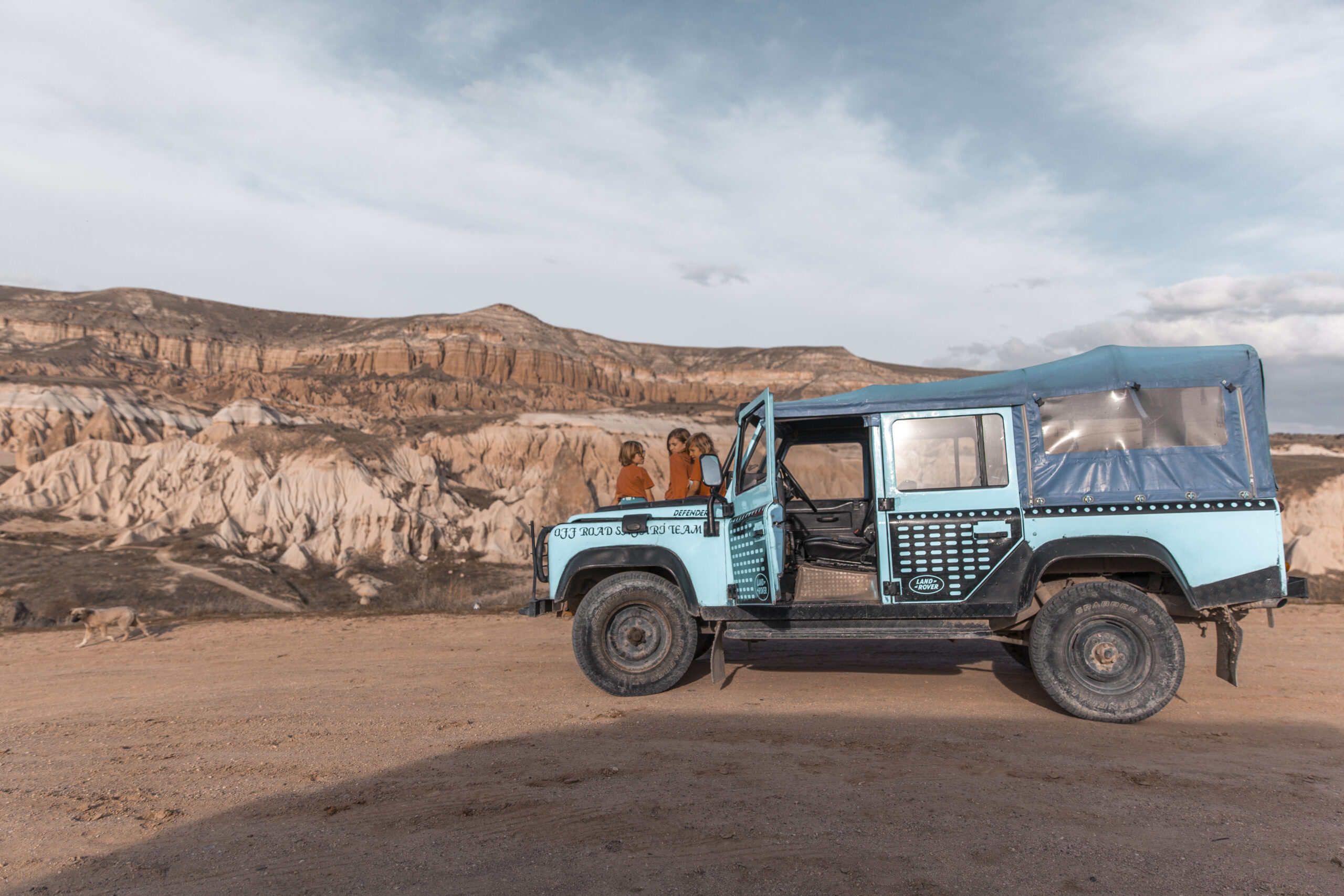
How we Plan
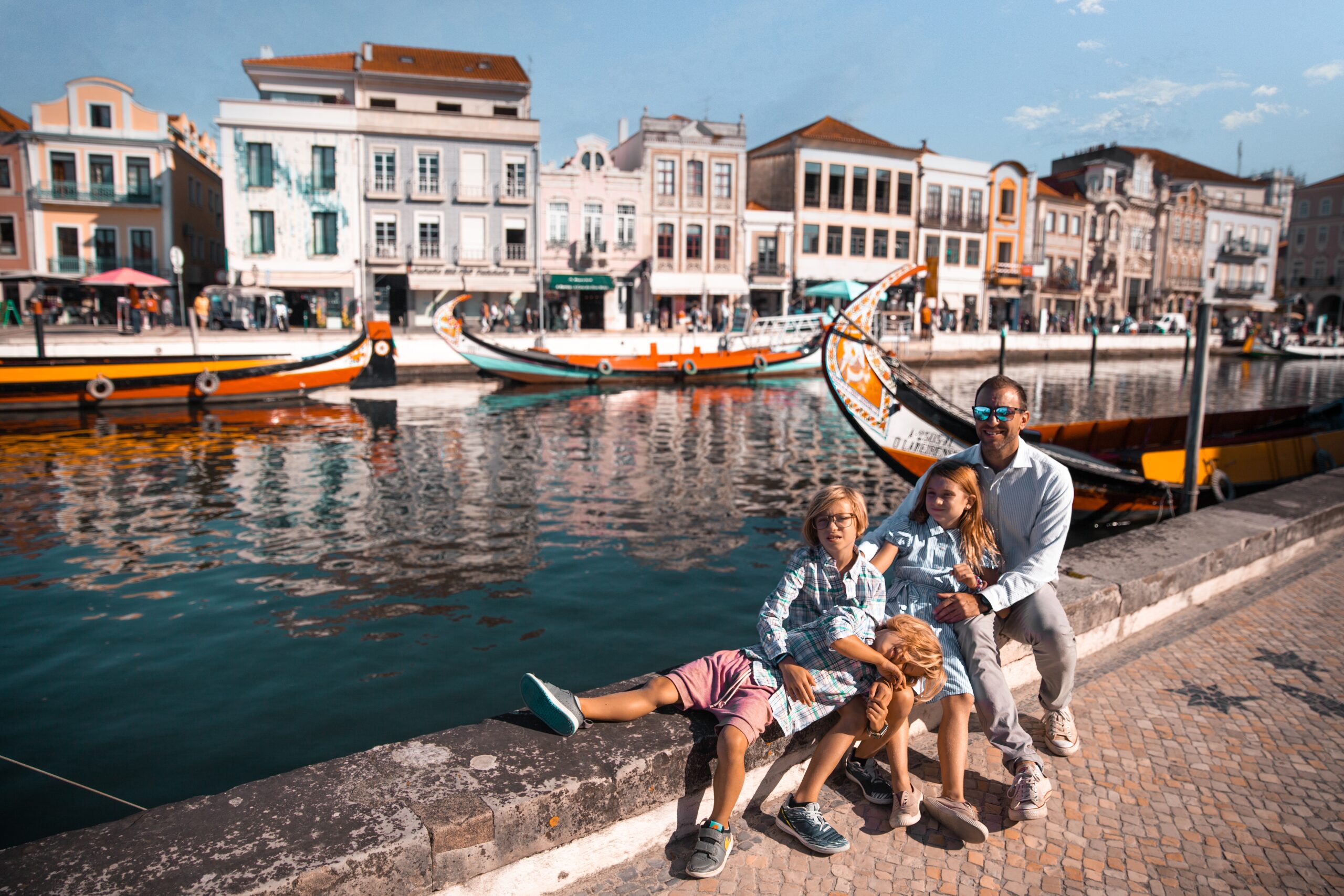
What we pack
Choosing Travel Insurance
Book Your Hotel
with Booking.com
Book Your Car
with RentalCars.com
Book Your Flight
with Skyscanner.com
Book Your Tour
with GetYourGuide.com
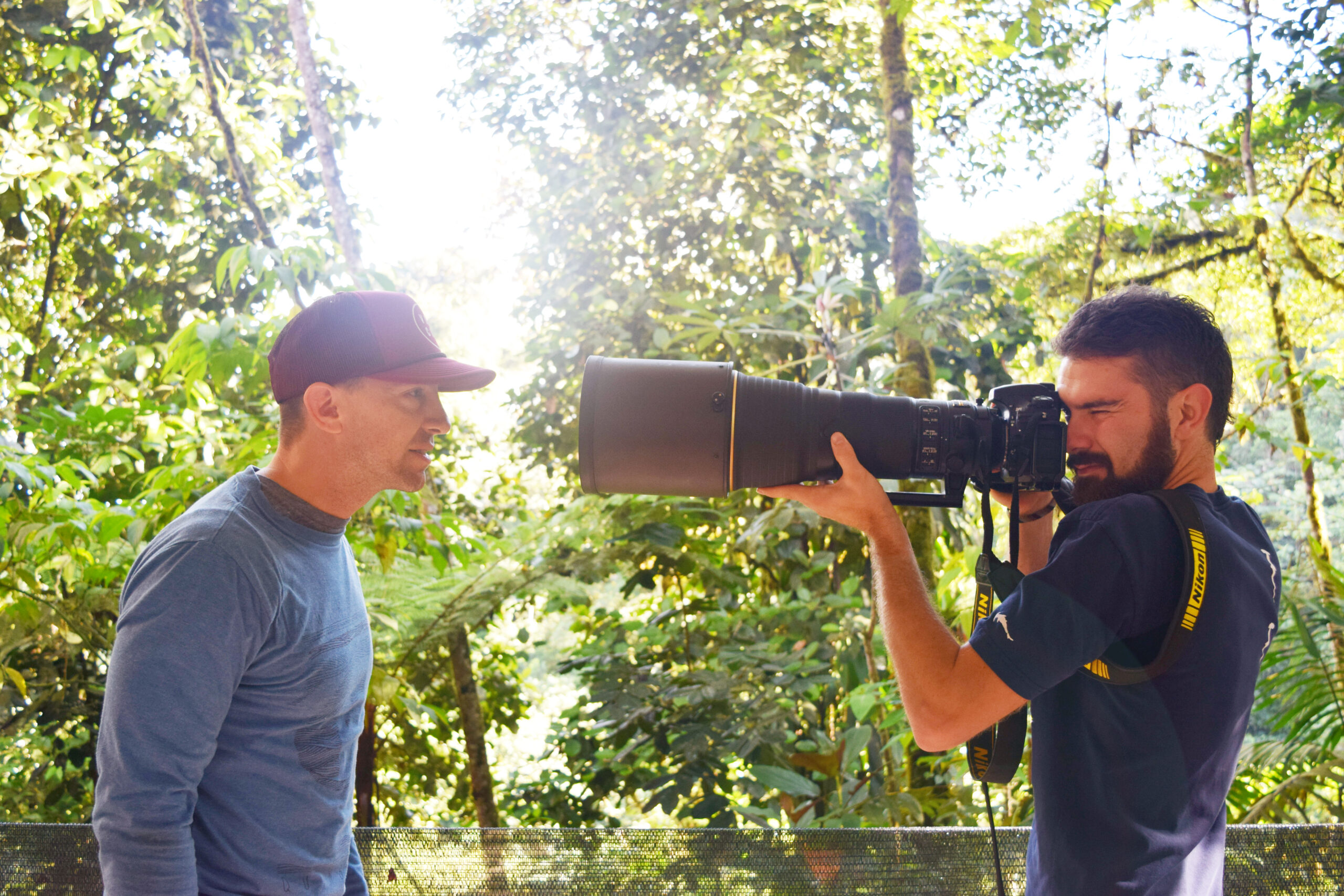
Our Camera Gear
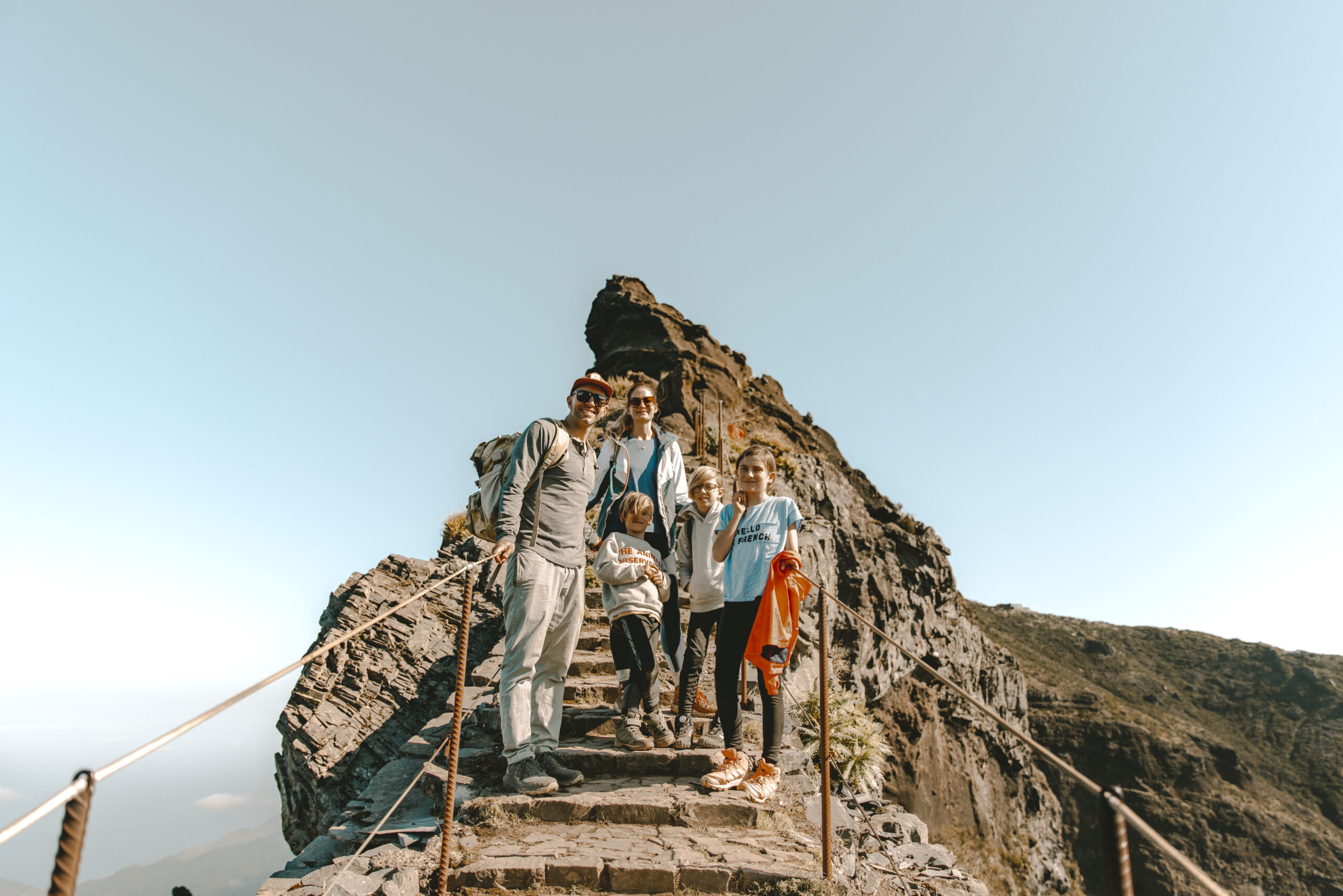
How We Fly
Choosing Your Destination
Guide to...
Argentina
Argentina, a land of tango rhythms, gaucho traditions, and stunning natural beauty from the glaciers of Patagonia to the vibrant streets of Buenos Aires, invites visitors to savor its diverse culture, cuisine, and landscapes in an unforgettable journey through South America.
Map
Weather
Itineraries
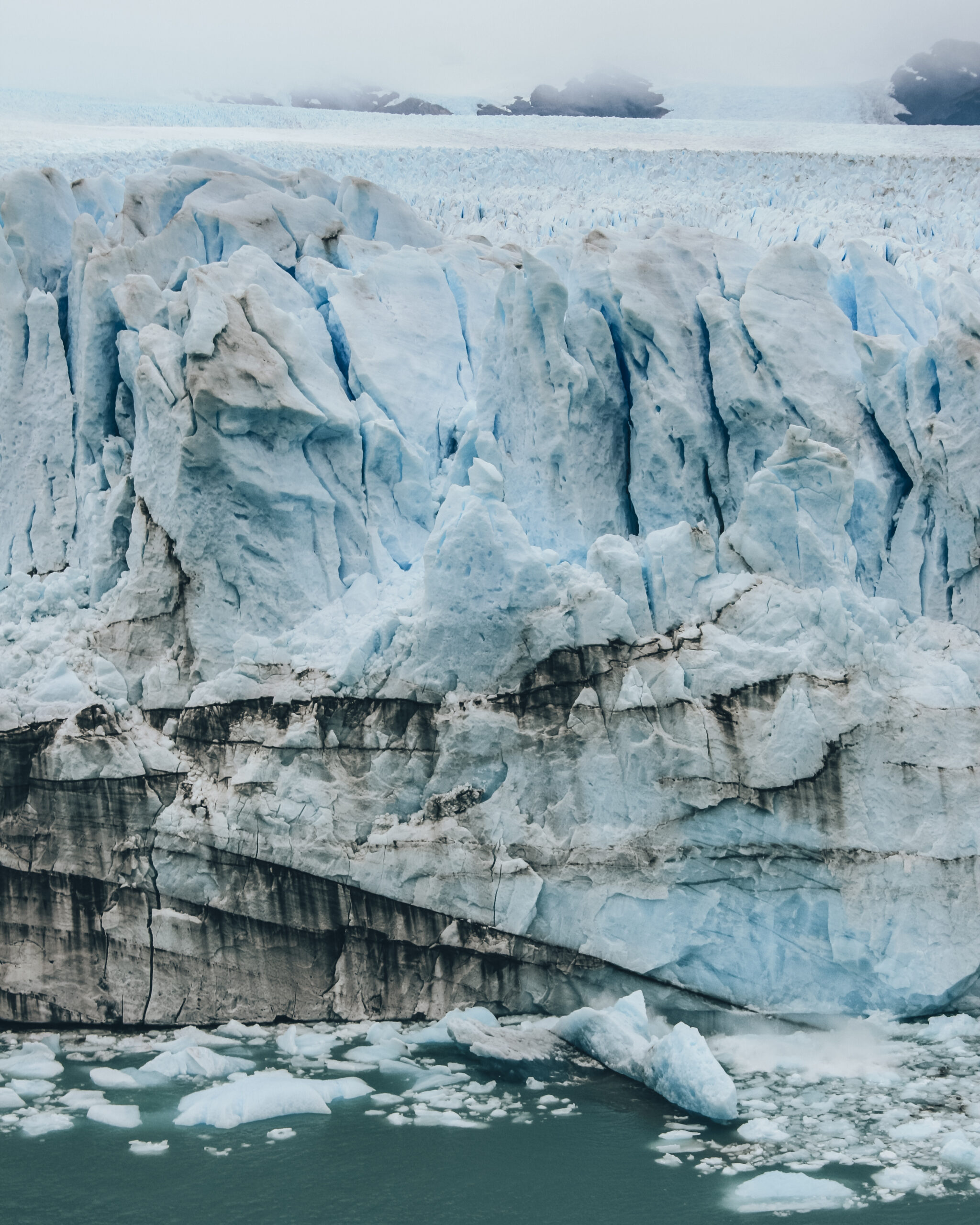
Coming Soon...
bariloche
Top Five Restaurants in bariloche
Alto El Fuego is a charming steakhouse known for its rustic ambiance and exceptional Argentine beef. This cozy spot offers a traditional Patagonian grill experience, with cuts of meat cooked to perfection over an open flame. The attentive service and warm atmosphere make it a must-visit for meat lovers.
Butterfly is an upscale dining experience located on the shores of Lake Nahuel Huapi. The restaurant offers a multi-course tasting menu that highlights local ingredients and innovative culinary techniques. With stunning views and a sophisticated atmosphere, Butterfly is perfect for a special occasion.
El Boliche de Alberto is a beloved local institution famous for its mouth-watering steaks and friendly, no-frills service. This steakhouse is a favorite among both tourists and locals, offering generous portions and a relaxed dining experience. The simple yet delicious dishes make it a top choice for a hearty meal.
Kandahar offers a delightful mix of Patagonian and international cuisine in a cozy, mountain-style setting. The menu features a variety of dishes, including fresh seafood, handmade pastas, and regional specialties. The warm, inviting ambiance and excellent service make it a great spot for a memorable meal.
Cassis is renowned for its farm-to-table approach, offering dishes made with ingredients sourced from the family’s organic farm and local producers. The menu changes seasonally, reflecting the freshest offerings of the region. With its elegant décor and lake views, Cassis provides an unforgettable dining experience.
Top Five hotels in bariloche
Nestled in the heart of Patagonia, Llao Llao Hotel & Resort offers a luxurious escape with breathtaking views of the surrounding lakes and mountains. This iconic hotel features a world-class spa, a stunning golf course, and various outdoor activities. Guests can enjoy elegant rooms, gourmet dining, and exceptional service.
NH Bariloche Edelweiss is a contemporary hotel located in the city center, offering easy access to Bariloche’s main attractions. The hotel features spacious rooms with modern amenities, a heated indoor pool, and a rooftop terrace with panoramic views. It’s an ideal choice for both business and leisure travelers.
Overlooking Lake Nahuel Huapi, Hotel Panamericano Bariloche combines comfort and elegance with a prime location. The hotel boasts well-appointed rooms, a full-service spa, and multiple dining options. Guests can relax by the indoor pool or explore nearby attractions like the Civic Center and Cathedral.
Alma del Lago Suites & Spa offers a perfect blend of luxury and tranquility on the shores of Lake Nahuel Huapi. The hotel features stylish suites with stunning lake views, a spa offering various treatments, and an indoor pool. Guests can indulge in fine dining at the on-site restaurant and enjoy the serene surroundings.
Hotel Cacique Inacayal Lake & Spa Hotel is a charming lakeside retreat offering panoramic views and top-notch amenities. The hotel features cozy, well-furnished rooms, a spa with a sauna and hot tub, and a gourmet restaurant. Its central location makes it a convenient base for exploring Bariloche.
buenos aires
Top Five restaurants in buenos aires
Don Julio is a renowned steakhouse in the Palermo district, celebrated for its premium cuts of Argentine beef and traditional parrilla (grill) techniques. Guests can savor expertly cooked steaks paired with an extensive wine list featuring some of Argentina’s best vintages. The rustic ambiance and attentive service make it a must-visit for meat lovers.
Tegui offers a fine dining experience that combines contemporary Argentine cuisine with a touch of global influence. Chef Germán Martitegui crafts an ever-changing tasting menu that highlights seasonal ingredients and innovative techniques. The chic, intimate setting, complete with an art-filled interior, provides the perfect backdrop for an unforgettable meal.
La Cabrera is famous for its generous portions of perfectly grilled meats and a variety of delicious side dishes. Located in the vibrant Palermo Soho area, this lively restaurant offers a warm and inviting atmosphere. The exceptional quality of the food, combined with friendly service, ensures a memorable dining experience.
Nestled in the picturesque Puerto Madero district, Chila is a top-tier dining establishment known for its exquisite tasting menus that reflect the diverse regions of Argentina. Chef Pedro Bargero’s culinary creations emphasize local produce and sophisticated presentations, making Chila a standout destination for gastronomes.
El Preferido de Palermo is a historic eatery that has been revitalized into a modern bistro while retaining its old-world charm. The menu features a mix of traditional Argentine dishes and Spanish tapas, all crafted with high-quality ingredients. Its vibrant pink facade and cozy interior draw both locals and tourists alike.
Top Five hotels in buenos Aires
The Alvear Palace Hotel, located in the upscale Recoleta neighborhood, exudes timeless elegance and luxury. This historic hotel features opulent decor, world-class amenities, and impeccable service. Guests can enjoy fine dining at the hotel’s renowned restaurants, unwind in the spa, or take in stunning city views from the rooftop terrace.
The Four Seasons Hotel Buenos Aires offers a blend of contemporary luxury and historic charm. Situated in the heart of the city, this hotel boasts beautifully appointed rooms, a serene outdoor pool, and exceptional dining options. The attentive staff and top-notch facilities ensure a memorable stay for every guest.
Located in the trendy Puerto Madero district, Faena Hotel Buenos Aires is a chic and sophisticated choice for travelers. The hotel’s unique design, luxurious rooms, and vibrant nightlife scene make it a standout destination. Guests can enjoy gourmet dining, a lavish spa, and live performances in the hotel’s stunning cabaret.
Palacio Duhau – Park Hyatt Buenos Aires combines old-world elegance with modern luxury. Set in a restored palace in Recoleta, the hotel features lush gardens, refined dining options, and a serene spa. The spacious rooms and exceptional service make it an ideal retreat for discerning travelers.
Hotel Madero Buenos Aires is a stylish and contemporary hotel located in the vibrant Puerto Madero area. With its spacious rooms, modern amenities, and rooftop pool with panoramic views, the hotel offers a perfect blend of comfort and sophistication. Guests can enjoy delicious cuisine at the on-site restaurant and unwind at the chic bar.
mendoza
Top Five restaurants in mendoza
Located in the historic Bodega Escorihuela winery, 1884 Restaurante offers a unique dining experience that blends Argentine tradition with modern culinary techniques. Chef Francis Mallmann’s mastery of open-fire cooking makes each dish a memorable event, with a focus on local meats and fresh produce.
Azafrán is renowned for its extensive wine cellar and gourmet menu featuring local ingredients. The restaurant offers a cozy, rustic ambiance where guests can enjoy beautifully presented dishes like the lamb rack and the Andean trout. A sommelier is always on hand to help you pair your meal with the perfect wine.
A chic bistro in the heart of Mendoza, Maria Antonieta is famous for its elegant yet approachable dishes. Helmed by renowned chef Vanina Chimeno, the restaurant serves up creative takes on classic Argentine cuisine, including delicious pastries, fresh pastas, and exquisite meat dishes.
Siete Cocinas celebrates the diverse culinary heritage of Argentina’s seven regions. Chef Pablo del Río crafts a menu that includes everything from Patagonian lamb to Andean quinoa salads, providing a comprehensive taste of the country’s rich gastronomic landscape.
Nestled within the beautiful Lagarde winery, this restaurant offers an intimate dining experience with stunning vineyard views. The menu focuses on seasonal, locally-sourced ingredients, with standout dishes like the beef tenderloin and the pumpkin ravioli. Enjoy a meal paired with some of the finest wines from Lagarde’s own cellar.
Top Five hotels in mendoza
The Park Hyatt Mendoza is an elegant 5-star hotel located in the heart of Mendoza. It boasts luxurious rooms, a world-class spa, a casino, and an outdoor pool. The hotel’s prime location offers easy access to the city’s top attractions, including Plaza Independencia and the wine country.
Entre Cielos is a boutique hotel set within a vineyard, offering a unique blend of luxury and nature. Guests can enjoy spacious suites with stunning views of the Andes, a relaxing spa with vinotherapy treatments, and a fine dining restaurant. It’s the perfect retreat for wine lovers and those seeking tranquility.
The Diplomatic Hotel is known for its sophisticated style and exceptional service. Located near Mendoza’s financial district, it offers elegant rooms, a rooftop pool, and a well-equipped fitness center. The hotel’s restaurant serves gourmet cuisine, and guests can enjoy panoramic views of the city and the Andes.
This luxury resort is located in the Uco Valley, surrounded by vineyards and mountains. Casa de Uco offers modern rooms and private villas, a full-service spa, and a gourmet restaurant. Activities include horseback riding, wine tastings, and cycling tours, making it an ideal destination for outdoor enthusiasts and wine aficionados.
The Sheraton Mendoza Hotel is a contemporary hotel offering comfortable accommodations and top-notch amenities. Guests can enjoy an indoor pool, a fitness center, and multiple dining options, including a rooftop restaurant with stunning views of the Andes. Its central location makes it a convenient base for exploring Mendoza.
calafate
Top Five restaurants in calafate
Mi Rancho is a charming and rustic restaurant offering traditional Patagonian cuisine. Known for its warm, inviting atmosphere and delicious dishes, Mi Rancho features specialties like lamb, steak, and fresh local fish. The friendly service and authentic flavors make it a must-visit for anyone exploring El Calafate.
Pura Vida Resto Bar stands out with its cozy, eclectic decor and hearty homemade meals. This family-run eatery emphasizes healthy, organic ingredients and serves a variety of options from vegetarian dishes to Patagonian lamb. It’s a perfect spot for those looking to enjoy a relaxed meal with a stunning view of the lake.
La Tablita is renowned for its exceptional Argentine barbecue, or “asado.” This iconic restaurant has been serving mouth-watering cuts of meat for decades, making it a favorite among locals and tourists alike. With its traditional decor and extensive wine list, La Tablita offers a truly authentic dining experience.
Isabel Cocina al Disco is a unique culinary destination where dishes are cooked in a “disco” (a large, deep frying pan). The menu features hearty stews, tender meats, and fresh vegetables, all seasoned to perfection. The cozy ambiance and innovative cooking methods make Isabel a standout choice for diners.
Casimiro Biguá combines elegant dining with stunning views of Lake Argentino. Specializing in Patagonian cuisine, the restaurant offers a wide range of dishes, including fresh seafood, juicy steaks, and regional desserts. The sophisticated atmosphere and attentive service ensure a memorable dining experience.
Top Five hotels in calafate
EOLO – Patagonia Spirit offers a luxurious stay in the heart of Patagonia. This exclusive lodge blends seamlessly with the surrounding landscape, providing stunning views and unparalleled tranquility. Guests can enjoy spacious, elegantly appointed rooms, gourmet dining, and a variety of outdoor activities, including hiking and horseback riding.
Hotel Posada Los Alamos is a charming, family-run establishment located in the center of El Calafate. Known for its cozy atmosphere and excellent service, the hotel features comfortable rooms, an indoor pool, a spa, and a golf course. Its central location makes it an ideal base for exploring the town and nearby attractions.
Design Suites Calafate offers a modern and stylish accommodation option with panoramic views of Lake Argentino. The hotel’s contemporary design, combined with its luxurious amenities, creates a unique and comfortable experience for guests. Facilities include an indoor pool, a spa, and an on-site restaurant serving Patagonian cuisine. Book Design Suites Calafate
Hotel Kosten Aike is renowned for its warm hospitality and comfortable accommodations. Situated just a short walk from the town center, this hotel features spacious rooms with Andean-inspired decor, a fitness center, a spa, and a lovely garden. Guests appreciate the friendly staff and convenient location.
Xelena Hotel & Suites provides a luxurious retreat with breathtaking views of Lake Argentino. The hotel offers well-appointed rooms, an indoor pool, a wellness center, and a gourmet restaurant. Guests can enjoy the serene setting while being close to the town’s main attractions.
FAQ's
What are the main things to do with kids in Argentina?
Here are some of the main things to do with kids in Argentina:
1. Visit Buenos Aires’ Children’s Museums: The Museo de los Niños and Museo Participativo de Ciencias are interactive museums perfect for kids to learn through hands-on exhibits.
2. Go to Tierra Santa Theme Park: This amusement park near Buenos Aires has roller coasters, water rides, and areas designed for different age groups.
3. See Wildlife at Temaiken Biopark: This massive park near Buenos Aires has animals roaming in recreated habitats from different regions of Argentina.
4. Explore Glaciers in El Calafate: Take a boat tour to see the massive Perito Moreno Glacier up close in Patagonia. Kids love watching chunks of ice calve off.
5. Visit Iguazu Falls: The powerful waterfalls on the Brazil/Argentina border are a natural wonder. Take a boat ride under the falls for an extra thrill.
6. Tour Estancias (Ranches): Many ranches offer day visits where kids can go horseback riding, see gauchos (cowboys) demonstrate skills, and learn about life on the pampas.
7. Ski in the Andes: The ski resorts around Bariloche and Mendoza have slopes and lessons for children just learning to ski or snowboard.
8. Whale Watching in Puerto Madryn: From June-December, you can take a boat to spot southern right whales with their calves.
The mix of outdoor adventures, wildlife, and kid-focused museums and parks makes Argentina very family-friendly.
What is Argentina famous for?
Argentina is famous for several things:
1. Tango – This passionate dance originated in the neighborhoods of Buenos Aires and has become an iconic symbol of Argentine culture.
2. Wine – Argentina is the fifth largest producer of wine in the world. The Mendoza region is particularly renowned for its Malbec wines.
3. Beef – Argentina is one of the world’s top consumers and exporters of beef. The country’s grass-fed cattle produce some of the finest steaks.
4. Patagonia – This sparsely populated region in southern Argentina is known for its stunning natural landscapes, including glaciers, lakes, and mountains.
5. Evita Perón – The former First Lady of Argentina was an extremely influential and controversial political figure who championed labor rights and women’s suffrage.
6. Soccer – Argentina has one of the world’s best national soccer teams, having won the World Cup twice. Star players like Diego Maradona and Lionel Messi are national icons.
7. Gauchos – These Argentine cowboys and skilled horsemen symbolize the traditional ranching culture of the pampas.
8. Iguazú Falls – These massive waterfalls on the Argentine-Brazilian border are one of the world’s most awe-inspiring natural wonders.
9. Pope Francis – The current Pope was born in Buenos Aires, making him the first Pope from the Americas.
Argentina’s diverse cultural traditions, natural wonders, cuisine, and famous figures have made it a renowned country worldwide.
What power plug type does Argentina use?
Argentina uses plug types C and I/L, which are:
Type C: This is the standard European plug with two round pins. It’s used throughout most of South America, including Argentina.
Type I/L: This is another common plug used in Argentina. It has three flat pins in a triangular pattern.
The electrical outlets in Argentina provide 220-240 volts at 50Hz.
If traveling to Argentina from a country that uses different plug types and voltages (like the US or Canada), you will need:
1) A plug adapter/travel adapter – This simple device allows your plug to physically fit into Argentine outlets.
2) A voltage converter/transformer – To convert the higher 220V Argentinian voltage down to the lower 110-120V that North American appliances use.
It’s important to use both for devices that are not dual-voltage. For dual-voltage devices like many modern laptops and chargers, you may only need a plug adapter.
I’d recommend packing a universal travel adapter kit with multiple plug types as well as a voltage converter if bringing devices not designed for 220-240V usage. This allows you to use electrical devices safely and prevents damage.
Is Argentina safe?
Argentina is generally considered relatively safe for tourists, but there are some safety precautions to take, especially in major cities:
Safety in Cities:
– Buenos Aires and other big cities have higher rates of petty crime like bag-snatching and pickpocketing, especially in tourist areas.
– Take normal precautions – don’t flash valuables, be aware of surroundings, avoid quiet streets at night.
– Only use radio-taxis or ride shares instead of hailing taxis.
Safety for Solo Travelers:
– Solo female travelers should exercise more caution, especially at night.
– Don’t walk alone in deserted areas or unlit streets.
– Make copies of your documents.
Political Protests:
– Protests and strikes sometimes occur in Buenos Aires and can turn unruly. Avoid protests as a precaution.
Outside the Cities:
– Most tourist destinations like Patagonia, Mendoza, Bariloche are extremely safe.
– Take normal outdoors precautions when hiking.
General Safety:
– The U.S. government rates most of Argentina at Level 1 or 2 travel advisory.
– Avoid the borders with Chile and Paraguay due to higher crime risks.
– Research areas you plan to visit and take precautions, as safety can vary.
Overall, millions visit Argentina annually without major incidents by exercising basic precautions. But being prepared and aware can help avoid risks.
What are the top 5 must-see destinations on Argentina tours?
Here are the top 5 must-see destinations for Argentina tours:
1. Buenos Aires
Argentina’s cosmopolitan capital is famous for its European-inspired architecture, lively neighborhoods like La Boca, tango culture, and delicious steak. Major attractions include the Casa Rosada, Recoleta Cemetery, and San Telmo market.
2. Iguazú Falls
These massive waterfalls on the Argentine-Brazilian border are one of the natural wonders of the world. With 275 cascades thundering over a 1.7 mile span, the view from both the Argentine and Brazilian sides is breathtaking.
3. Patagonia
The sparsely populated Patagonia region in southern Argentina offers jaw-dropping scenery including glaciers, lakes, mountains, and vast steppe. Don’t miss Perito Moreno Glacier, Mount Fitz Roy, and Torres del Paine National Park.
4. Mendoza Wine Region
Surrounded by the snow-capped Andes, Mendoza produces over 70% of Argentine wines. Take a winery tour and taste the famous Malbecs while enjoying the beautiful vineyards.
5. Ushuaia and Tierra del Fuego
Ushuaia calls itself the “End of the World” as one of the southernmost cities on the planet. It’s the gateway for cruises to Antarctica as well as Tierra del Fuego National Park with its windswept plains and hiking.
Other popular stops are the Lake District around Bariloche, the colonial cities of Salta and Córdoba, and the Península Valdés for marine wildlife viewing. But these top 5 give you culture, nature, wine, and adventure.
What can you expect from a guided tour of Patagonia?
A guided tour of Patagonia in Argentina offers an incredible opportunity to experience the region’s stunning natural scenery and wildlife under the expertise of a knowledgeable local guide. Here’s what you can typically expect:
Hiking and Trekking
One of the main draws of Patagonia are the hiking opportunities amid jaw-dropping landscapes. Guided treks could include portions of iconic trails like those around Mount Fitz Roy or Cerro Torre in Los Glaciares National Park. Expect to hike on well-marked paths through forests, along lakes, and up to viewpoints of the soaring Andean peaks.
Glacier Exploration
Patagonia contains some of the world’s most impressive glaciers. A guided tour will likely include a visit to one like the massive Perito Moreno Glacier, where you can observe and even hear the thundering ice calving off the facade into Lago Argentino.
Wildlife Viewing
With an expert guide, you’ll have far better chances of spotting Patagonia’s unique wildlife like guanacos, rheas, condors, and perhaps even the elusive puma. Tours explore prime viewing areas in parks like Torres del Paine.
Cultural Experiences
Many Patagonia tours also offer chances to learn about and interact with the local cultures, such as visiting an Estancia (ranch) to see cowboy/gaucho traditions or meeting indigenous Mapuche people.
Comforts of a Tour
On a guided group tour, you’ll typically stay in best-available accommodation like hotels/lodges, travel in a private air-conditioned vehicle with a professional driver, and enjoy most meals included. The guide will handle all logistics.
A guided Patagonia tour allows you to maximize your experience of this remote, rugged region while learning about the incredible nature, geology and human history first-hand from a knowledgeable guide.
What should you include in your itinerary for an unforgettable Argentina vacation?
To have an unforgettable vacation in Argentina, here are some highlights and experiences you should consider including in your itinerary:
Buenos Aires (3-4 days)
– Explore the neighborhoods of La Boca, Recoleta, Palermo, and San Telmo
– Visit iconic sites like Casa Rosada, Plaza de Mayo, Recoleta Cemetery
– Experience the passionate tango at a dinner show or milonga
– Indulge in Argentine steak and Malbec wine
Iguazú Falls (2 days)
– Marvel at the awe-inspiring 275 cascades from both Argentine and Brazilian sides
– Take a boat tour to get up-close to the thundering falls
– Hike the trails of Iguazú National Park to view the falls from different angles
Mendoza Wine Region (2-3 days)
– Tour renowned wineries like Catena Zapata and taste famous Malbec wines
– Go on a bicycle wine tour through the picturesque vineyards
– Enjoy wine-paired meals at bodega restaurants
– Take a side trip to Aconcagua, the highest peak in the Americas
Patagonia (4-5 days)
– Visit the stunning Los Glaciares National Park – see Perito Moreno Glacier
– Hike to lagoons and viewpoints around Mount Fitz Roy
– Stay in the charming town of El Calafate as a base
– Stop in Ushuaia, the southernmost city in the world
Other Potential Stops:
– Bariloche and the Lake District for alpine scenery
– Salta and Jujuy for colonial cities and indigenous cultures
– Peninsula Valdes for marine wildlife like whales, sea lions, penguins
With a mix of cities, natural wonders, wineries, hiking, and cultural experiences, this itinerary covers many of Argentina’s unmissable highlights for an unforgettable vacation.
What are the top attractions to explore on Ushuaia tours?
Ushuaia, often called the “City at the End of the World”, is the southernmost city in Argentina and a popular gateway for exploring the rugged wilderness of Tierra del Fuego. Here are some of the top attractions to explore on Ushuaia tours:
1. Tierra del Fuego National Park
This national park offers incredible hiking opportunities through pristine landscapes of glaciers, mountains, lakes, and forests. Popular trails include the Coastal Path and the hike to Lago Roca. Wildlife like guanacos, foxes, and condors can be spotted.
2. Beagle Channel Cruise
Take a boat tour along the famous Beagle Channel to see marine wildlife like sea lions, seals, and seabirds, as well as stunning scenery of glaciers, waterfalls, and lighthouse islands.
3. Martial Glacier
Just outside Ushuaia, tours go up close to this impressive glacier in the Martial Mountain range. You can go hiking on the glacier itself with crampons and an experienced guide.
4. Les Eclaireurs Lighthouse
This historic 1920s lighthouse sits on a small island accessed by a footbridge and offers panoramic views over the Beagle Channel.
5. End of the World Train
A vintage steam train runs through the Tierra del Fuego landscapes from Ushuaia, providing great photo opportunities of the scenery.
6. Museo del Fin del Mundo (End of the World Museum)
Learn about the history, nature, and indigenous cultures of the Tierra del Fuego region at this comprehensive museum.
Whether cruising channels, hiking glaciers, riding trains, or exploring national parks, Ushuaia tours provide plenty of adventurous ways to experience the dramatic landscapes at the southern tip of South America.

